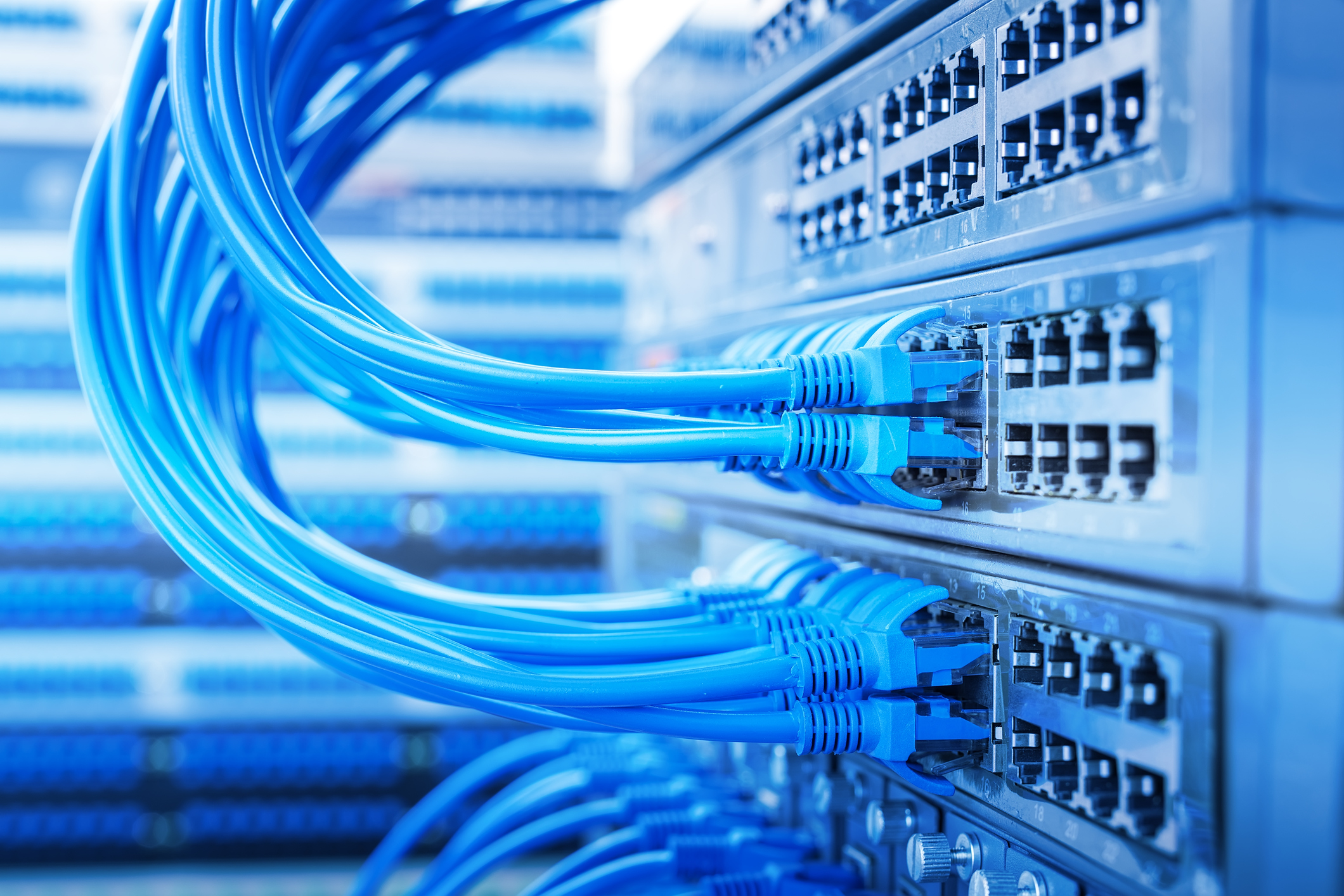In the world of computer networking, there are endless possibilities. This article will explore some of the most amazing examples of today’s networks. From the tiny personal area network to the massive global Internet, these examples show the potential of what can be done with a little creativity and imagination.
Introduction to Computer Networks
In this course, students will learn the basics of computer networks. Starting with the history of computer networks, the students will learn about the different types of networks and how networking tools are used to configure, manage, and troubleshoot them. They will also learn about the different layers of the OSI model and how they are used in the TCP/IP protocol stack. At the end of this course, students will be able to describe the function of each layer of the OSI model and how it is implemented.

What are the Different Types of Computer Networks?
The different types of computer networks are Local Area Networks (LANs), Wide Area Networks (WANs), Metropolitan Area Networks (MANs), Storage Area Networks (SANs), System Area Networks (SANs), and Wireless Local Area Networks (WLANs). A cluster is a group of computers connected on the same network, as in Apple’s App Store and Google Play. Client-server architecture: Computers are organized into a single computer or server responsible for managing the entire computer network (LAN and WAN components). A client-server architecture is essential for scalability; one computer can handle many tasks simultaneously without knowing the details of each job.
What are computer networks and their types?
A computer network is a system of interconnected computers that share data and resources. The following characteristics define a computer network: Data communication using the Internet or another internal network, such as an intranet. Data packets are sent between computers ( nodes ) on the web and are re-used for other tasks, such as sending emails or updating a website. ) on the network and are re-used for different tasks, such as sending emails or updating a website.
Optical networking
Optical networking is a type of computer networking that uses optical fiber to carry data packets. It is also sometimes referred to as “fiber optic networking”. Optical networking connects the “last mile” of a data network, where the fiber optic cable connects to the customer’s premise and then to the access node. The access node may be located in the company headquarters, or a remote site connected by transport planes or helicopters. Unlike traditional copper wires, optical fibers are lightspeed (i.e., having the same transmission speed as light) and flexible, making them very suitable for long-distance connections.
Wireless networking
Wireless networking is a method by which homes and businesses can connect to the Internet without using physical cables. This is done using either WiFi or Bluetooth as the wireless networking medium. When WiFi is used, a router must act as the central connection point between the numerous devices connected to it. With Apple HomePods and other mesh-connected systems, a home network is created in which all the devices can connect.
How do Computer Networks Work?
Computer networks are a system for connecting computers and other devices to communicate with each other. Networks can be small, like a home network, or large, like the Internet. The computers on a network are called hosts. A computer network can be a simple exchange of information, like the Internet, or it can be more sophisticated, like an intranet or extranet, a system for connecting networks. Computer networks are valuable tools that allow organizations to efficiently run software on multiple machines, store information across multiple devices, and secure remote users to the machine running the software. There are several different types of networks.
Things You Should Keep In Your Mind:
- What is optical networking?
- What are the benefits of optical networking?
- What is the difference between optical networking and other types of computer networking?
- What is the “last mile” of a data network?
- What is an access node?
- How is optical networking used to connect the “last mile” of a data network?
The Benefits of Computer Networks
Computer networks have revolutionized the way we communicate and share information. They provide a fast and convenient way to connect people and devices worldwide. Networks can send and receive data, share files and resources, and connect people for collaboration. Computer networks have revolutionized the way we communicate and share information. They provide a fast and convenient way to connect people and devices worldwide.
The History of Computer Networks
Computer networks have been around for centuries, with the first documented instance dating back to 1837. That year, Charles Babbage designed a mechanical computer that could be programmed to perform simple calculations. Babbage’s machine was never completed, but it laid the groundwork for future computers. In the early 20th century, scientists began experimenting with transmitting information electronically.
The Future of Computer Networks
The future of computer networks is shrouded in potential but fraught with uncertainty. The next generation of networks will be faster, more reliable, and more secure. They will also be more complex, carrying a greater traffic diversity and offering users more services. Yet, they will not be built overnight by a single organization or group. They will require collaboration and partnership. That’s because the next generation of computer networks will have to accommodate the increased demand for more computing power, data, and sophisticated services from an exponentially growing number of users and consumers. Read the white paper (PDF) for more detailed insights into our vision for the future of computer networks.
Conclusion
A metropolitan area network (MAN) is a computer network that interconnects users with computer resources in a geographic area or region larger than that covered by even the largest local area network (LAN) but smaller than the area covered by a wide area network (WAN).










